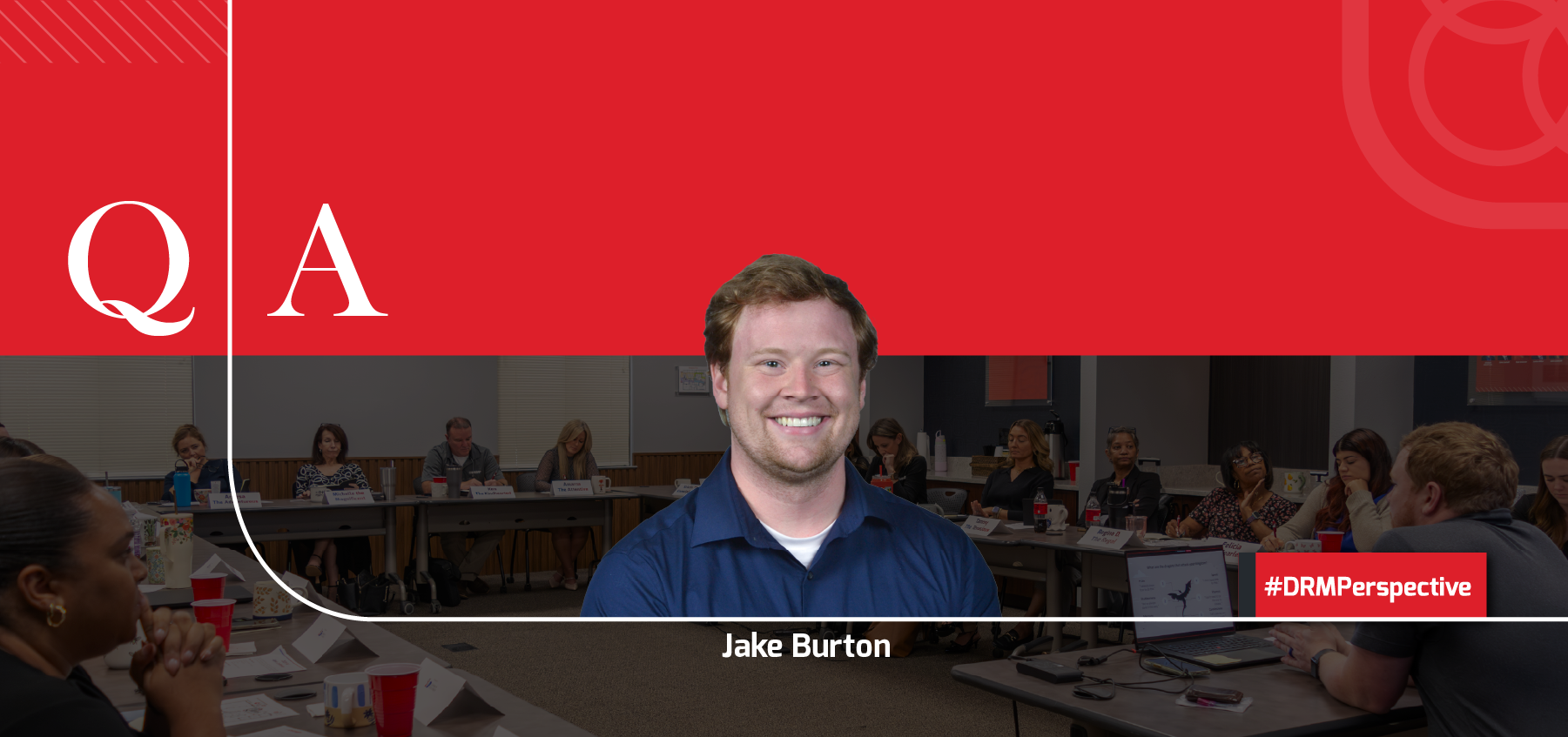With the advent of the space industry in the 1950s, tourists traveling to the Sunshine State increased rapidly, and so did the amount of traffic in the state. The remedy: Interstate 4 (I-4), a major corridor that has connected Central Florida for more than 50 years.
Though the highway serves its purpose of easing traffic flow for the state, it came at a heavy cost to its wildlife population. I-4 has become a barrier to wildlife movement in Florida, inadvertently causing a population reduction among a wide range of species. Now, there’s a plan for a solution.
The Florida Department of Transportation’s (FDOT) I-4 at SR 557 wildlife crossing in Polk County, Fla. will promote the movement of aquatic and terrestrial species under I-4 – including Florida panthers, black bears, alligators, coyotes, bobcats, raccoons, and deer – and help them maintain healthy populations throughout the region. The project is the first of three proposed I-4 wildlife crossings in Central Florida.
I had the honor of working with fellow DRMP biologists and DRMP’s Design-Build team to design the wildlife crossing that consists of a 67-foot-long underpass with 61-foot horizontal and 8-foot vertical clearance. The crossing will help reestablish the natural corridors for wildlife that call the surrounding Hilochee Wildlife Management Area home.
The Hilochee Wildlife Management Area is a part of the Green Swamp Florida Forever Project, 279,000-plus acres of diverse wildlife habitats such as cypress swamps, pine forests, citrus groves, and pastures. Our team at DRMP collaborated and coordinated with our partner Skanska USA, the United States Army Corp of Engineers, United States Fish and Wildlife Service, Florida Fish and Wildlife Conservation Commission, and the Southwest Florida Water Management District.
The success of the wildlife crossing design hinged on our extensive coordination with multiple agencies, cross-discipline collaboration between biologists and design engineers, and our design adaption of the wildlife habitat. The wildlife crossing is a part of the larger $71-million I-4 at SR 557 interchange improvements project and I am grateful that FDOT District One saw the project as an opportunity to include the crossing. The project not only supports the large-scale functional landscape connectivity of Central Florida wildlife but also improves motorist safety by reducing the potential of wildlife-vehicle collisions.
The Intersection of Design and Wildlife
In order for the wildlife to utilize the crossing, it had to mimic their natural habitat as much as possible. I, along with fellow DRMP biologists, worked with DRMP’s design team to ensure the design met the overall goals of the I-4 at SR 557 project while accommodating wildlife movement in the region. We also had to consider the several types of species that live in the wildlife management area. As biologists, we knew that bears and deer were the primary species that inhabited the land and if those mammals’ needs were met it would serve the remaining terrestrial species, as well.
To meet the overall goals of the I-4 at SR 557 project, while balancing the needs of the wildlife, we had to make material changes to the original design of the wildlife crossing. Instead of rubble rip rap, a rocky and unsteady material that the animals would have to traverse, we chose to use 2-feet of earthen material that mimics their natural habitat.
Wetlands are located on both sides of I-4 within the wildlife management area. Along with the terrestrial wildlife species that occupy the land, our design included a unique feature that allows the crossing of aquatic species that are wetland-dependent. A channel at the eastern edge of the crossing, along with an existing 8-foot by 4-foot concrete box culvert, will support the crossing of the aquatic species.
Not only was it important to create a crossing that felt natural for both aquatic and terrestrial wildlife, but the design also needed to include a way to “funnel” the wildlife to the crossing. Our design includes more than a mile of 10-foot-tall wildlife fencing, topped with 3-strand barb wire, to direct wildlife to the crossing and discourage them from entering the roadway. In addition, an exclusionary fencing material along the bottom 28-inches of the fencing will be in place to keep small mammals and reptiles from entering the highway. The exclusionary fencing presents another benefit: aquatic habitat diversity. The combination of exclusionary fencing and the proximity of nearby lakes will enhance aquatic habitat diversity by promoting the connectivity of reptiles and amphibians including snakes, alligators, fish, frogs, and lizards.
The true mark of success for the I-4 at SR 557 Wildlife Crossing will be the utilization of the crossing by wildlife species. To ensure the crossing is working as intended, FDOT will install trail cameras to monitor how the wildlife species are using the crossing for the next three years.
It was exciting to collaborate with our design team, along with our partners, to work on a project that will make such a significant impact on the Central Florida wildlife and help reduce habitat fragmentation in the region. Through our design considerations, ongoing agency coordination, and FDOT’s monitoring efforts, I know this project will serve as a model for the remaining I-4 wildlife crossings and beyond.

















